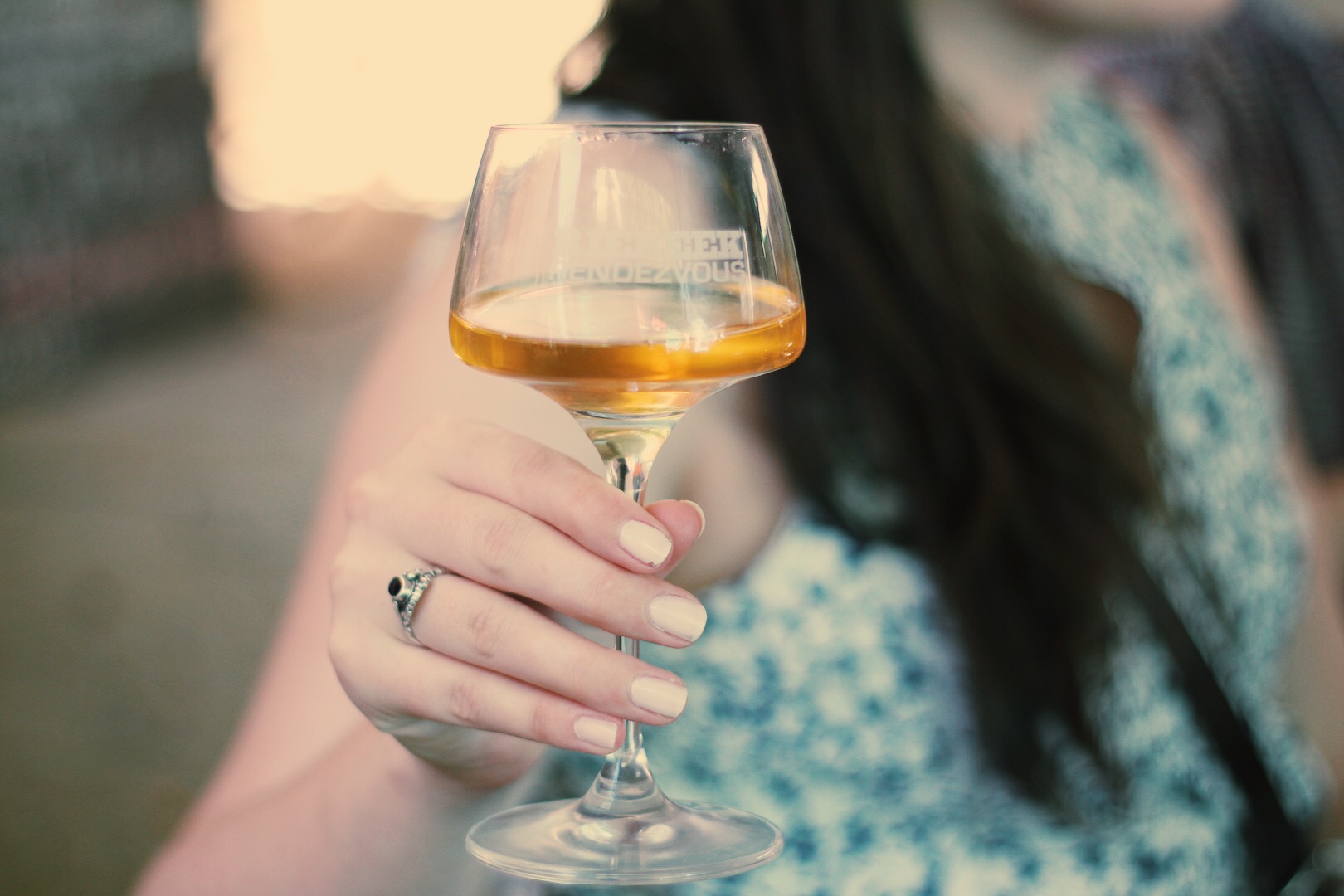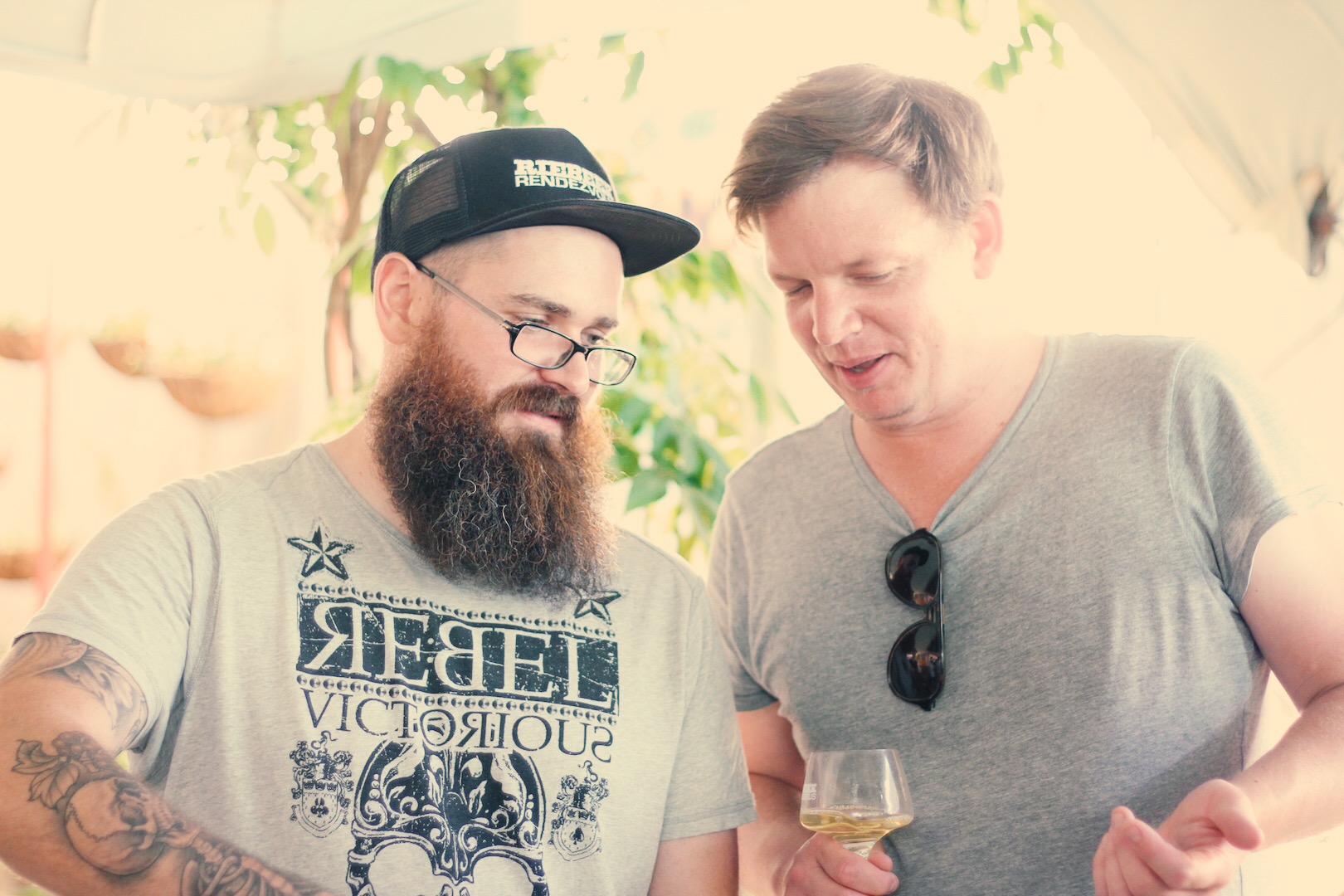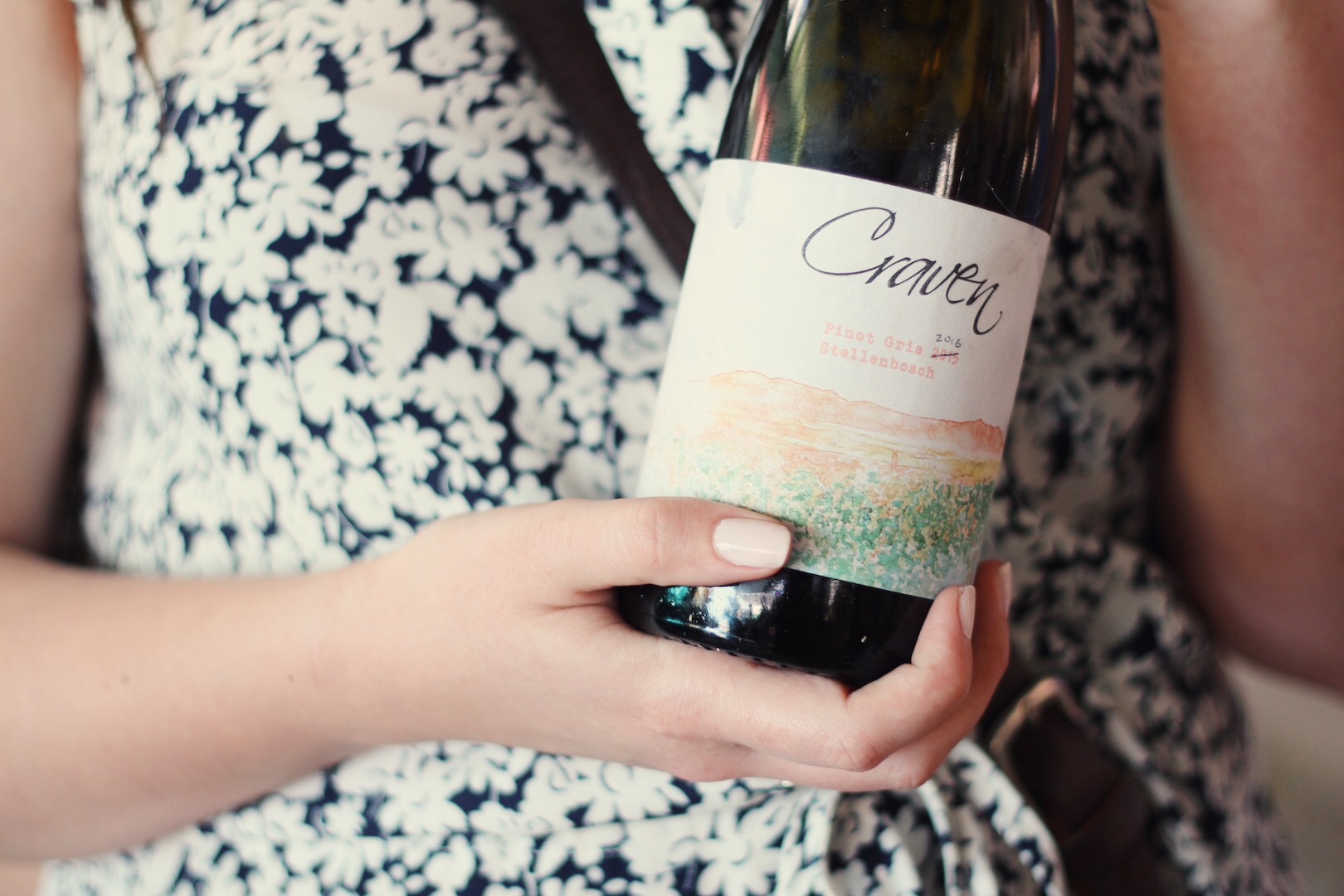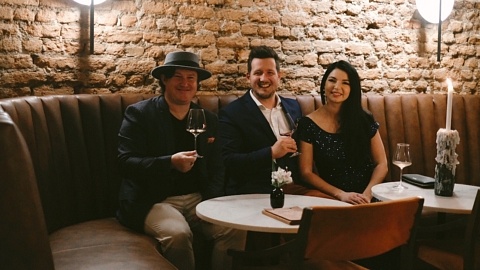‘Natural’ is a word in the wine world that gets up a lot of shirts. There’s no general consensus as to what exactly it means, and wine classified as natural, by default suggests that other wines are unnatural. So then you have the rest of us asking, but wait, isn’t wine a natural product, period? WTF is REALLY in my wine?
Well, to put it this way: it’s complicated. So to find out for ourselves, we headed to the Riebeek Rendezvous, a little get-together in the Swartland and caught up with the-most-natural-of-them-all.
Back in 6000 BC when wine was first made in Georgia (or so archeological records indicate), winemaking was nothing but a natural affair. You took some grapes, you stomped on them with vigour, you bunged them into a clay pot, and a little while later, voila! Wine.
Cut to the present day, and winemaking is somewhat more sophisticated. Market requirements for products of consistent quality mean that a lot of effort and expense go into ensuring the wine that reaches the end user after production, packaging, storage, transportation and more storage, tastes and looks the way the winemaker intended. To achieve this, especially on a larger scale, most modern wineries manipulate the juice to varying extents, to make it come out juuuust right. Some of the most common additions are sulphites (to prevent oxidation and protect the wine from bacteria), commercial yeast to get the fermentation going in the first place, and sugar (to feed the yeast when the grapes don’t naturally have the amount desired by the winemaker). Then, to get a perfectly clear appearance, most wine is filtered and/or fined to remove pesky particles.
So what’s the issue, here, if intervening makes the wine better? Well, it depends, and like most things when it comes to wine, it has a lot to do with balance. Medium-to-large wineries have a lot to lose in terms of brand value and consumer confidence if even a small amount of stock is spoiled. It makes sense for them to do everything they can to guarantee a consistent product – after all, without sulphites grape juice turns to vinegar. Unfortunately, there will always be those who abuse the system and add a lot more than what they need to, which may be one of the contributing factors to the emergence of the natural/minimal intervention movement. The argument here is that additives alter the true character of the wine and simply aren’t good for us – along the lines of organic and anti-GMO thinking.
The philosophy of going ‘back to basics’ has gained such a strong following that natural wine bars can now be found in most cities in the developed world. In South Africa, natural winemaking, or at least minimal intervention, has found its home in the Swartland. The Swartland Revolution has come and gone, and now we see some fresh young faces making, as you may expect, a lot of fresh young wine (admittedly often from vines so old they’re basically geriatrics).
At the most recent Riebeek Rendezvous, we got to taste the cream of this spritely crop. Even better: we got to meet the winemakers. We’ve tasted plenty of natural wines before, some hauntingly delicious, some sub-par, but interfacing with the winemakers exposed us to how much passion and care goes into making these wines. These are people who love wine fiercely, who travel, who find inspiration the world over and still manage to stay down to earth. What we found is that they’re less concerned with strict rules. One winemaker will find that adding a small amount of sulphites at bottling is necessary and beneficial, another goes without. The common thread is a commitment to making wine as gently as possible, within individual parameters and not being militant about it.
What we also found is a pervasive mindset geared towards experimentation and collaboration. An example is Cuvée Clint: a partnership between Mick Craven and Craig Hawkins whereby each winemaker made a barrell of Pinotage, then blended them together. The result is a bright, gluggable Pinotage bursting with personality.
It would take far too long to go through all of our highlights in detail, so we’re going to leave you with a list of au natural wines we tried at the Riebeek Rendezvous and wholeheartedly recommend. Our feeling with this style of winemaking is that it’s kind of like modern art – not to everyone’s taste and sometimes difficult to understand, but simultaneously fascinating and sometimes so moving you could cry. So if you’re in the mood to go natural, look out for these names:
The Blacksmith Wines by Tremayne Smith | our pick: Vin Blanc (Chenin)
Testalonga by Craig and Carla Hawkins | our pick: Baby Bandito Follow Your Dreams (Carignan)
Craven Wines by Mick and Jeanine Craven | our pick: Pinot Gris (skin contact)
Skinny Legs by Kyle Dunn | our pick: Sémillon (skin contact)
JH Meyer Signature Wines by Johan Meyer | our pick: Pinot Noir
Savage Wines by Duncan Savage | our pick: Syrah (in particular the 2012 vintage)
Luddite Wines by Niels and Penny Verburg | our pick: Chenin
Words & images: Kristen


































